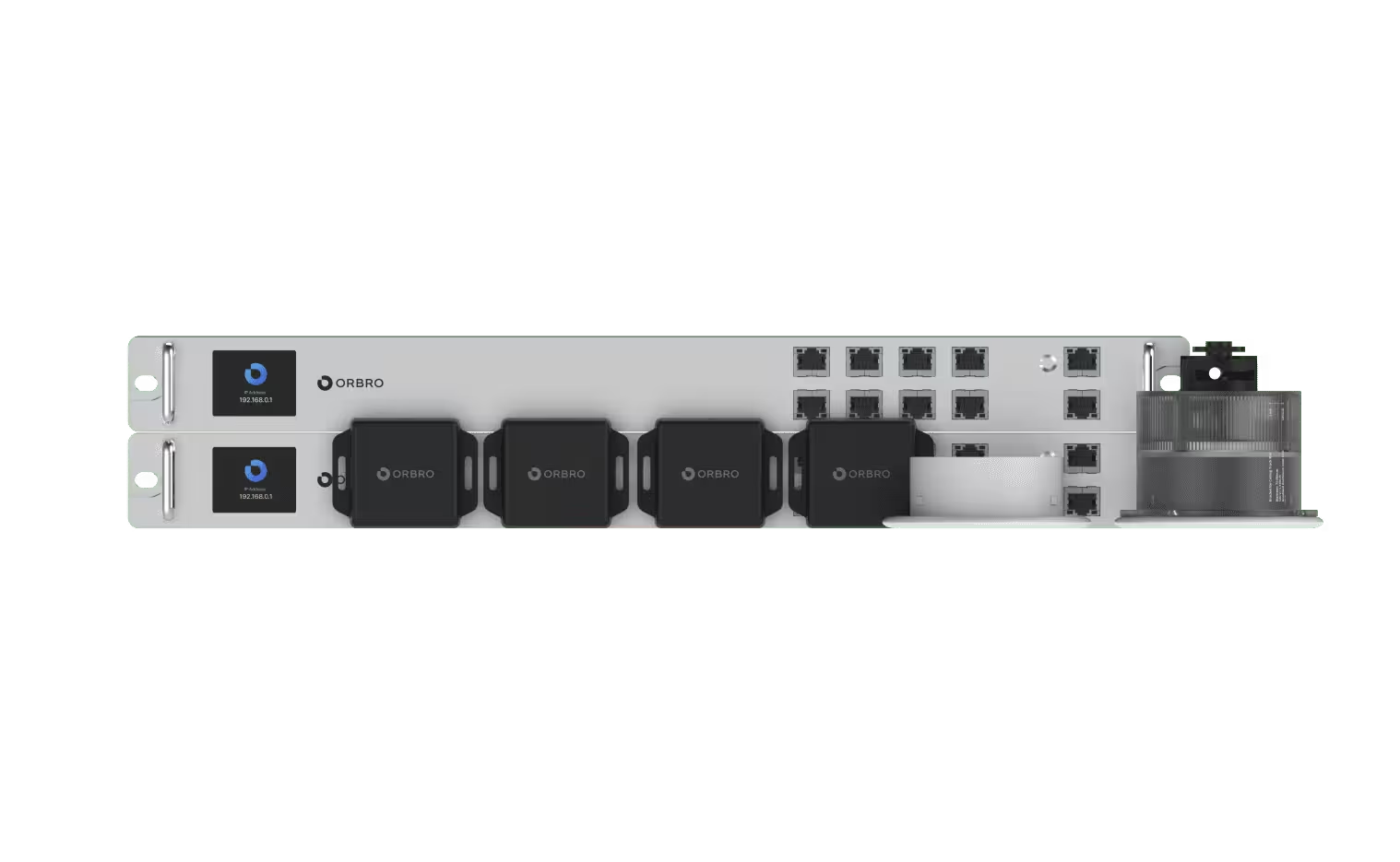도입이 처음이신가요?
ORBRO 전문가가 직접 상황을 분석하고
최적의 솔루션을 제안해드립니다.

What is a Smart Building?

What is a Smart Building?
A smart building utilizes technologies such as IoT sensors, artificial intelligence, and automation systems to connect and integrate various systems within the building, optimizing building operations. This enhances energy efficiency and improves the safety, convenience, and efficiency of the building. Through these technologies, buildings can collect data in real-time and automatically adjust various facilities such as lighting, heating, cooling, and security systems. Smart buildings enhance energy efficiency, optimize energy consumption, and operate environmentally and economically. They enhance user convenience and streamline building operations and management to provide a better living and working environment.
Key Technologies of Smart Buildings
Sensor Technology
Smart buildings use various sensors to monitor the interior and exterior environment of the building in real-time. These sensors detect temperature, humidity, lighting, carbon dioxide levels, particulate matter levels, movement, and collect data. In addition, through the connection with sensor data and other devices, smart buildings enable real-time information exchange and control. Using IoT technology, smart buildings can integrate various systems and devices for efficient operation.
RTLS (Real-Time Location System)
RTLS technology allows real-time tracking of equipment, inventory, and supplies within a smart building. This provides opportunities to quickly detect equipment damage, loss, and the need for maintenance. In case of emergencies within the smart building, RTLS technology can guide evacuation directions and track the location of all objects and individuals within the building, helping rescue workers and emergency response teams to respond efficiently.
Artificial Intelligence (AI)
Artificial intelligence technology is used to improve the automation systems and big data analysis of smart buildings. AI helps adjust systems in real-time based on changing data and optimize them according to user requirements.
Big Data Analysis
Collected data is used for pattern recognition and developing predictive models using big data analysis technology. This allows optimizing building operations and early detection of problems.
Digital Twin
A digital twin is a digital replica of the physical model of a building. It is implemented on a digital screen with the same appearance as the building, making it easy to understand and manage. This digital model supports building operations and maintenance, reflecting the real-time state of the building to diagnose and predict issues.
Advantages of Smart Buildings
Smart buildings offer various advantages through the integration of modern architectural and information communication technologies. These advantages manifest in various aspects such as building operations, efficiency, convenience, and environmental protection.
• 에너지 효율성 향상 : 스마트 빌딩은 센서와 자동화 시스템을 통해 에너지 사용을 최적화합니다. 예를 들어, 조명, 난방, 냉방 시스템은 실시간 데이터를 기반으로 조절되어 에너지 소비를 줄이고 에너지 효율성을 향상시킵니다.
또한 빅데이터 분석과 인공지능을 활용하여 예측 정비와 에너지 사용량 예측을 수행하여 에너지 비용을 절감할 수 있습니다.
• 환경 친화적 : 에너지 효율성 증가로 스마트 빌딩은 온실 가스 배출량을 감소시킵니다. 스마트 빌딩은 미세먼지 및 대기 오염을 모니터링하고 관리하여 공기 품질을 개선하고 건강한 환경을 조성합니다.
• 비용 절감 : 에너지 효율성 개선으로 에너지 비용이 감소하며, 자동화 시스템을 통해 인력 비용을 절감하고 유지보수 및 운영 비용을 최적화할 수 있습니다.
• 편의성과 안전성 : 스마트 빌딩은 사용자의 편의성을 향상시킵니다. 조명, 난방, 냉방, 보안 시스템 등을 자동으로 조절하므로 사용자는 편안하게 건물을 이용할 수 있습니다. 보안 시스템은 스마트 빌딩 내부 및 외부 환경을 모니터링하여 무단 침입을 방지하고 비상 상황에 대비할 수 있습니다.
• 실시간 모니터링과 관리 : 스마트 빌딩은 건물 운영자에게 실시간 데이터 및 경고를 제공하여 문제를 더 빨리 해결할 수 있도록 돕습니다. 따라서 건물의 건강 상태를 모니터링하고 유지 보수 일정을 최적화할 수 있습니다.
Smart Building Examples
The Edge, Amsterdam, Netherlands
The Edge is an innovative smart building located in Amsterdam, Netherlands, and is considered one of the most energy-efficient buildings. Hundreds of sensors are installed inside the building to optimize lighting, heating, and cooling based on user location and activity. Real-time data and big data analysis are used to manage energy consumption and provide various services to employees to enhance convenience.
Microsoft Campus, Redmond, USA
Microsoft Campus uses smart building and smart facility management technology to manage buildings and facilities. This building optimizes heating, cooling, lighting, and water management using IoT sensors and big data analysis, reducing energy costs. This enhances user convenience and safety by providing building services to employees and enhancing security systems.
One Angel Square, Manchester, UK
One Angel Square is the headquarters of the Co-operative Group in the UK and actively utilizes smart building technology. This building integrates geothermal, solar, and eco-friendly energy systems for high energy efficiency, optimizing building temperature and environment. It uses sensors inside and outside the building to collect real-time data and manages building operations through big data analysis.
Smart Building Outlook
Future smart buildings will emphasize energy efficiency and enable optimized operations through the use of big data and artificial intelligence. With the proliferation of IoT technology and sensor networks, real-time monitoring and control will be possible, maximizing user convenience. Additionally, having a robust security system will provide a safer environment. Smart buildings will play a central role in future cities and buildings, contributing to improved energy efficiency and environmental friendliness. These features will innovate building operations and user experiences.
관련 제품
작업자 위치추적 패키지
UWB 단말기를 작업자 또는 장비에 부착하여, 실시간으로 위치 추적을 돕는 제품입니다.


오브로 솔루션 소개
공유하기









